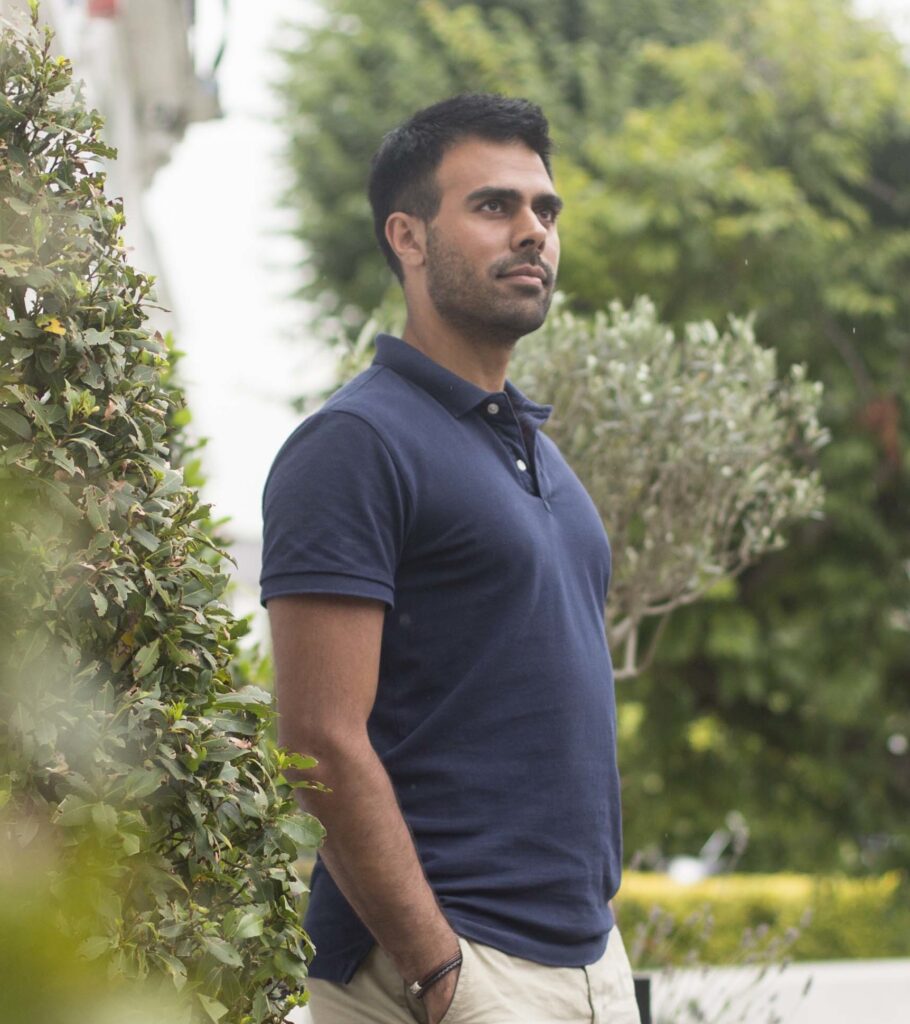Top Posture Correction Methods — Compared by a Specialist Who’s Tried Them All
If you’ve been dealing with back pain, stiff shoulders, or a posture that just looks and feels off, you might have gone down the rabbit hole of treatments.
Osteopathy, Rolfing, Massage, Alexander Technique, Egoscue, Physio, Yoga, Pilates, Chiropractic… everyone seems to have an opinion on what works best.
I get it and I’ve been there too.
In fact, I’ve personally tried most of the major posture correction methods — not just out of curiosity, but because I used to live with chronic pain myself.
So this post isn’t just theory. It’s a lived comparison of what actually helps, where certain methods fall short, and how to think clearly when choosing the right approach for your body.
Let’s break it down.
1. Osteopathy
Osteopathy is a hands-on therapy where practitioners use gentle manipulation of the joints and soft tissues to improve mobility, blood flow, and alignment. In the UK, it’s a regulated healthcare profession.
I trained as an osteopath for three years (I didn’t complete my studies because I discovered the Egoscue Method) — and I have huge respect for the clinical knowledge and skill involved. Osteopaths undergo some serious training and help many of their patients.
When it works, it really works. It can free up joints, reduce pain, and help your body feel more balanced.
But in my experience, when it comes to posture, the results often don’t stick — not because the treatment’s bad, but because the body hasn’t learned a new pattern. Without follow-up movement or posture exercises, the old habits tend to creep back in. I also feel this way about Chiropractic.
Unless you’re combining it with movement-based therapy, you’re likely just putting out fires rather than fixing the source of the smoke.
2. Rolfing (Structural Integration)
Rolfing is a deep tissue technique that aims to release tension and reorganise the fascia (connective tissue) in your body to create better posture and movement.
I’ve done the full 10-session Rolfing series myself. It was eye-opening. Rolfing helped me become more aware of how I was holding my body and loosened some deep, long-held restrictions.
The issue? Like Osteopathy, it’s mostly hands-on. You’re still relying on someone else to realign you. If you’re not doing something active afterwards to reinforce the change, the body tends to drift back.
That doesn’t mean it’s not powerful. It just means it works best when combined with something that helps retrain your posture every day.
3. Alexander Technique
The Alexander Technique is a method that teaches you how to move, sit, and stand with better awareness and less tension. It’s more about retraining your brain than working your muscles.
I had about 20 sessions of Alexander Technique when I was dealing with persistent pain as a teenager. Every time I stood up after a session, I felt tall, light, and calm — like my body had just had a deep reset.
Alexander teachers undergo rigorous training (often over three years) and are experts in body awareness and gentle re-education.
But once again: awareness without reinforcement can fade. Unless you’re doing something daily to strengthen and stabilise that new position, your old habits creep back in.
Think of it like learning to drive. You can get all the theory right, but unless you practise regularly, you won’t be confident behind the wheel.
4. Massage Therapy
I love massage. I’ve had hundreds over the years. There’s nothing like walking out of a good massage feeling looser, lighter, and more relaxed.
Sometimes it even makes you feel like your posture has improved. And in the short term, it has — especially if your body was locked up from stress or tension.
But as with the others above, I’ve found it doesn’t usually create lasting postural change unless you’re doing something alongside it. Massage is great for releasing tension. It’s not designed to retrain alignment.
I always tell clients — massage is a great support tool, not a main strategy for long-term posture change.
5. Egoscue Method (This Is What I Use Now)
Egoscue is a posture correction method that uses specific posture exercises to rebalance your muscles and restore proper alignment — from your feet to your head.
It’s not hands-on. It’s about retraining your body to hold itself correctly through movement and repetition. It’s the only method that truly gave me lasting change after years of trying everything else.
I went from living with daily pain to feeling strong and aligned — and I’ve seen the same transformation in thousands of clients.
What I love most is that it empowers people. You’re not relying on a therapist to “fix” you. You’re learning to fix yourself — with a daily routine that’s simple, specific, and deeply effective.
Final Thoughts
Every method I’ve tried taught me something useful. I’m not here to bash any of them — they all have value.
But if you want to really change your posture in the long term, you need to go beyond short-term relief. You need something that actively retrains your body and teaches your muscles a new pattern.
That’s what Egoscue gave me. And it’s why I use it with every client I work with now.
Hope that helps you cut through the noise.
Want to try something right now that helps most of my clients feel straighter and more grounded — in minutes? [Here’s one of my favourite posture correction exercises.]
Written by Ameet Bhakta
Posture Specialist | Health Through Posture
Clinics in London, Tunbridge Wells & Online
Trusted by GPs, consultants, athletes & busy professionals



